New Army Technology Enhances Electromagnetic Spectrum Comprehension
U.S. Army leaders are working to evolve with the ever-changing landscape of today’s battlefield, especially within the electromagnetic spectrum (EMS) realm. One way they are attempting to achieve this goal is by creating and subsequently evaluating the Spectrum Situational Awareness System (S2AS), a new capability built with the objective of uncovering, identifying and deciphering EMS signals. With the help of industry partners, Army personnel possess several S2AS prototypes and are now putting those initial versions of the idea through experimental exercises, according to Lt. Col. John Cross, product manager, tactical spectrum warfare at Program Executive Office-Intelligence, Electronic Warfare & Sensors (PEO IEW&S).
Furthermore, soldiers will continue to submit these prototypes to additional testing sessions through the end of fiscal year 2025 and possibly into early fiscal year 2026. Some of these exercises will be conducted with transformation in contact units, according to Cross. Additionally, in the near future, PEO IEW&S officials are looking to integrate the S2AS into the 25th Infantry Division.
Following this experimentation phase and assuming the S2AS passes the required tests, Army leaders will begin to field the initial 10 to 15 S2AS out to the force, but only to Transformation in Contact units. This major development is expected to take place by the end of the calendar year, according to Cross. Later, PEO IEW&S officials plan on conducting three more fielding cycles throughout fiscal year 2026 as part of their goal of deploying a total of 40 to 60 units from FY 2026 to FY 2027. But even then, this process will be far from over, Cross explained.
“I think in fiscal year 2027 we will be postured to transition to a rapid fielding program, much like [the Terrestrial Layer System–Brigade Combat Team] Manpack, and probably conduct our fielding much in the same way that Manpack did, where we go to one brigade per month, and depending on the need, potentially two or three brigades per month,” Cross said. “I think it still remains to be seen how we should field these things out, whether it should be division or brigade. But I envision a rapid fielding program that rapidly gets this capability out to commanders across the Army so that they can understand what their signature is in the EMS.”
The S2AS can detect suspicious electromagnetic waves and direct commanders and soldiers to the source’s location. More specifically, the system is trained to identify electromagnetic signals that command posts emit, along with EMS interference from partners and adversaries. This capability is crucial when it comes to locating enemies and keeping troops safe and prepared while on the battlefield. Additionally, the S2AS exposes intelligence, surveillance and reconnaissance threats, according to PEO IEW&S officials. It accomplishes all this while also providing commanders and soldiers with direction and guidance as they maneuver through the EMS.
These benefits are something the force has been seeking for a prolonged period of time.
“For the longest time, we’ve been focused on understanding the signals that our enemy has emitted, and we use that to great effect to understand locations and type of equipment they have on the battlefield,” Cross explained during an interview with SIGNAL Media. “It hasn’t really bubbled up in importance until recently.”
“In a lot of ways, we didn’t really understand how we were being targeted in the EMS,” Cross added. “So, we said we need a tool that’s dedicated to looking at what kind of electromagnetic emissions that we are actually creating and what can we do to control those and therefore either hide ourselves in the EMS so we’re less obvious to enemy detection or potentially even use it as a deception tool [to make us] look way bigger than we are. So, what I think is going to end up developing out of this, from a tactics, techniques and procedures perspective, is that we’re really going to start to refine our emissions control decisions and tactics, techniques and procedures.”
The importance of obtaining this capability started to rise after observing the state of modern warfare via the Russia-Ukraine War, according to Cross. This conflict is giving leaders valuable insight into how crucial it is to build and integrate electronic warfare infrastructure on today’s battlefield. These observations are leading to the creation of several new capabilities, including the S2AS and the aforementioned Manpack System, a device that SIGNAL Media has covered recently.
“I think [the idea] really goes back to lessons learned from Ukraine, much like the genesis of the Manpack, so people were trying to understand how troops were being targeted in the field when they were camouflaged,” Cross said. “Well, they had great thermal and operational security, and it became evident that they were being targeted by the signals that they were emitting, and nobody really knew what their electronic signatures looked like. They just knew if I talk on the radio, potentially I can be targeted. [Or] if I turn these systems on, I can be targeted. What do we really look like when we turn these radios on, or [when] we don’t?”
“It just became pretty clear that once we started to look at the EMS during conflict or during attacks, there was a clear correlation that when you emanated signals, you were more susceptible to being targeted and attacked by the enemy, and that’s where we really had to take a hard look at ourselves.”
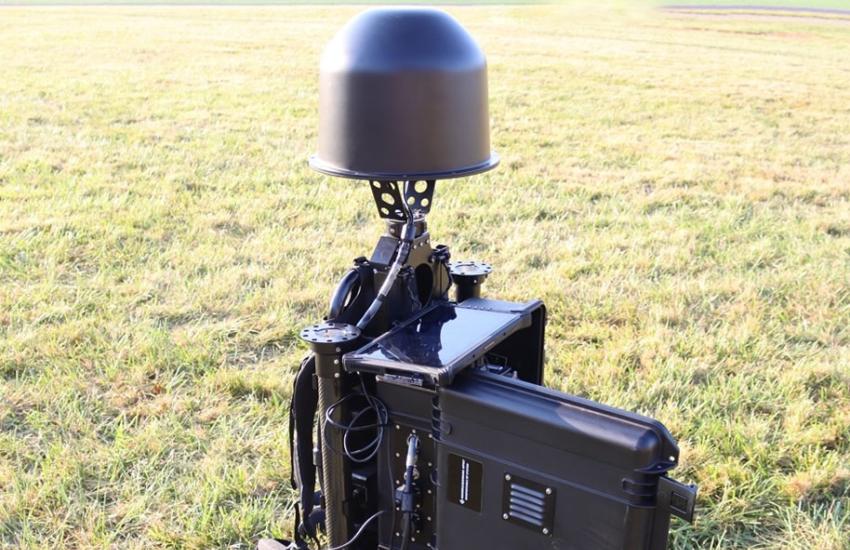
Since the S2AS is still extremely new, Army officials could not comment on any improvements or changes they want to make to the system or if it is meeting or exceeding expectations; however, Cross is hearing soldiers acknowledge that they need a device like this to be ready for the fight.
“There’s a lot of buzz from commanders, because they clearly understand that they do not have a good understanding of what they look like in the EMS,” Cross said. “I’ve even been given some examples of when they’re in a training environment, that the fake enemy is jamming their radios, but they’re not aware of that. They just think the radios are broken, so if they had this tool, they could understand that they’re probably being jammed right now. But they just don’t know.”
Army leaders turned to industry personnel to help turn this idea into reality. In April, they awarded 3dB Labs Inc. with a contract worth $6,114,381.17 over 14 months to build the S2AS, according to PEO IEW&S officials.
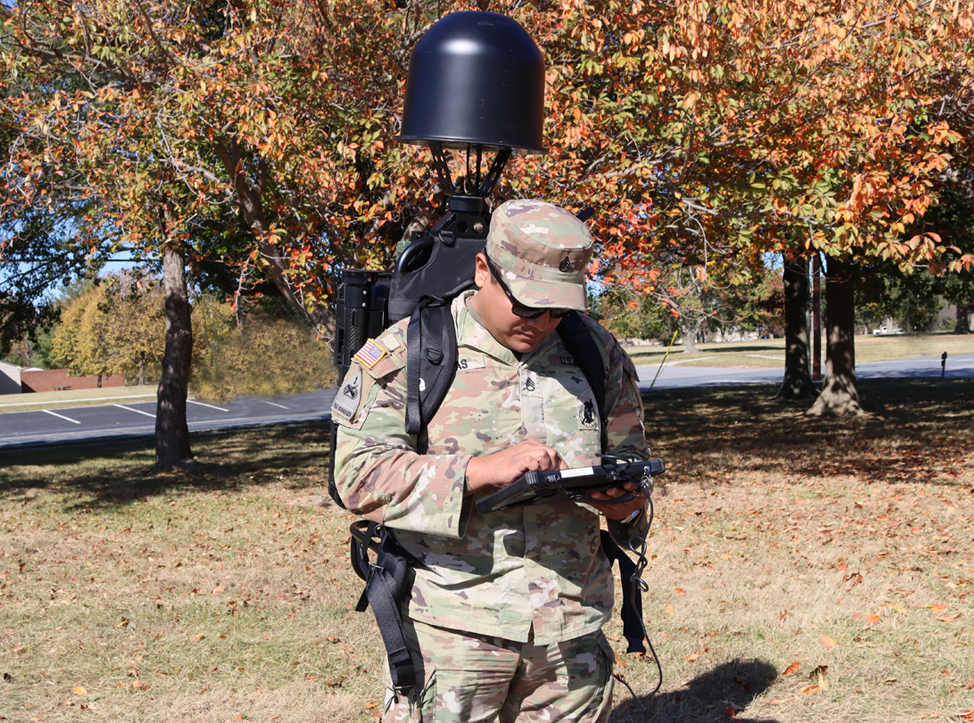
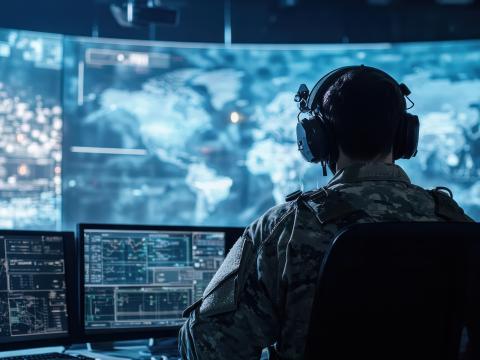

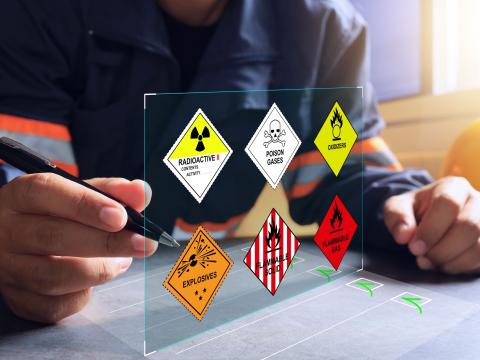
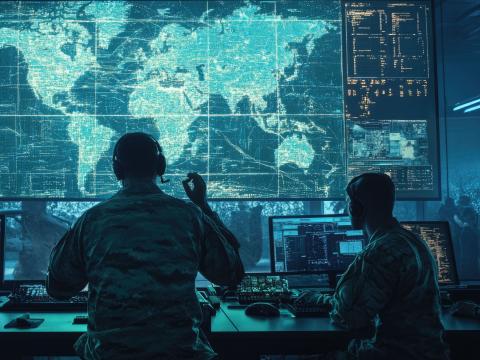
Comments